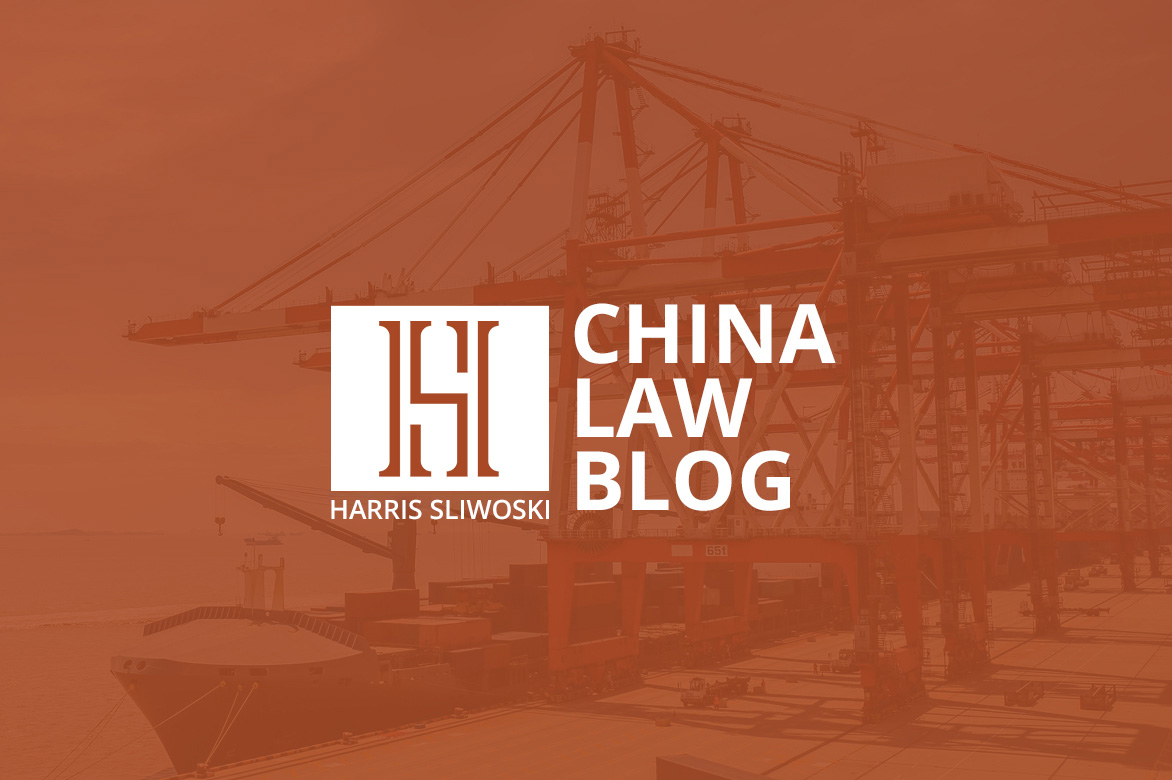If counterfeits of your products are being sold to the public, you have already lost. Sure, there is a lot that can be done to ameliorate such a situation, but the time for action is way before that. The more you do before you face an infringement problem, the less likely you are to have an infringement problem in the first place, and the more tools you will have in your arsenal to stop an infringement problem once it starts.
This is not to say that proactiveness can ensure no counterfeits make their way into the streams of commerce—if a product is desirable, it probably will end up being copied on a scale that will lead to some knockoffs entering the market. But starting an anti-counterfeiting program when products are widely available is the definition of an uphill struggle—and it does not need to come to that.
I recommend the following for preventing or at least minimizing the counterfeiting of your products:
1. Register your trademarks and your copyrights in the countries in which your products are made and in the countries in which they are sold. And beware of service providers who will simply go through with the mechanics of filing trademark and copyright registration applications without considering important factors, as we discuss here.
2. Record your trademarks and copyrights with the customs authorities in the country in which your products are made and in the countries in which your products are sold as soon as your trademark and copyright registration is complete. This will let them know that they should be on the lookout for counterfeits of your goods, and will also help establish valuable channels of communication that can facilitate seizures and provide opportunities for training that will familiarize officers with your genuine products.
3. Do not allow your manufacturers to subcontract the production of your goods.
4. If you do allow your manufacturers to subcontract production of your products, enter into a separate agreement with the subcontractors that will protect your intellectual property.
5. Have a Manufacturing Agreement with your manufacturers that imposes liability on them in the event of infringement by any of their subcontractors.
6. Enter into a formal mold agreement that makes clear that your molds belong to you and that imposes a significant monetary penalty on the primary contractor if your molds disappear. See Protecting Your Molds and Tooling When Manufacturing Overseas.
7. When contractors/subcontractors are changed, immediately seek to locate your molds and get them back. Do not wait. Much of the counterfeiting we see stems from missing molds.
8. Establish brand protection guidelines for your manufacturers to follow. Then audit your manufacturers to ensure compliance and detect problems. Invest in technology that helps foil counterfeiters, such as security features on products.
9. Monitor online sales of your products so if someone is selling counterfeits you will be positioned to stop them early. Keep your pulse on brick-and-mortar markets as well.
10. Educate consumers to serve as your eyes and ears.
If you do the above, your chances of having an intractable counterfeiting problem go way down. If you do not do the above, they go way up.

























